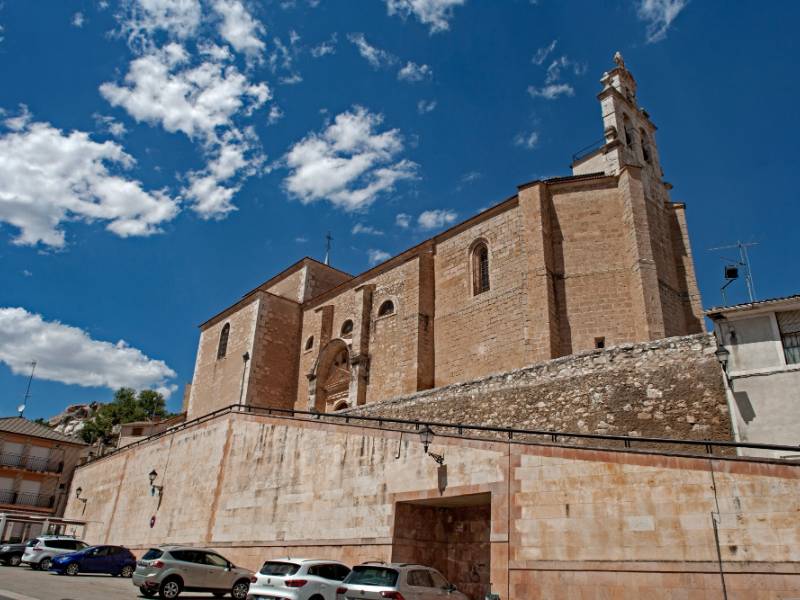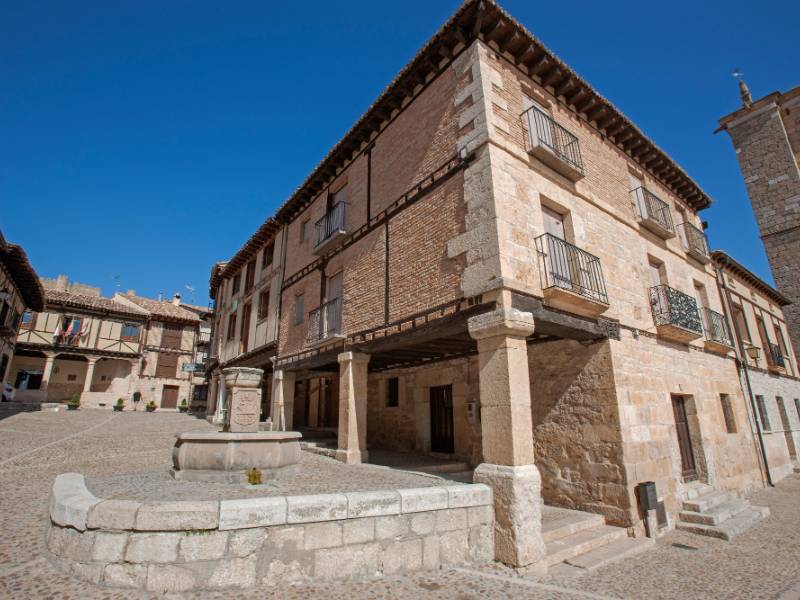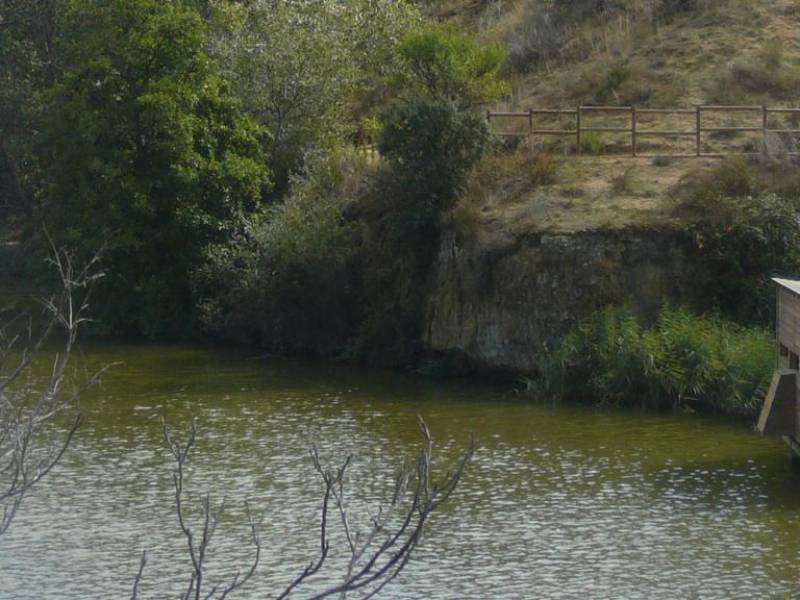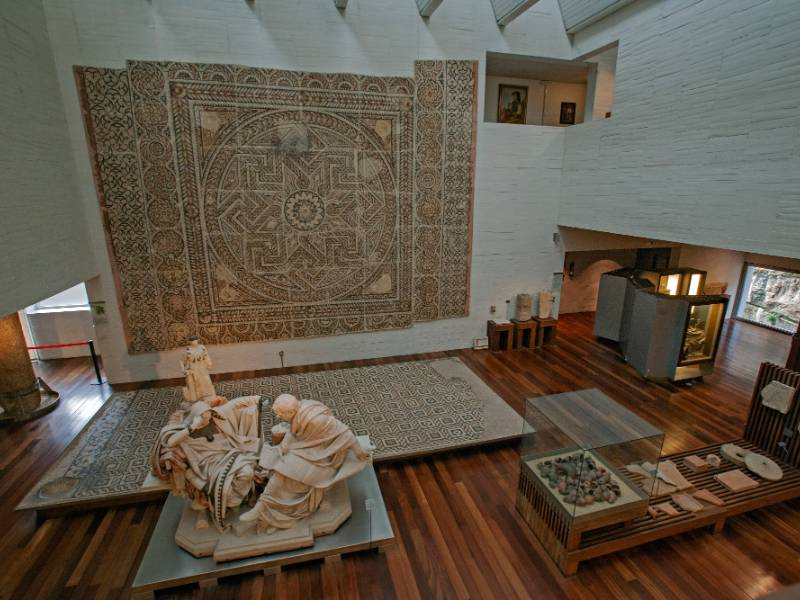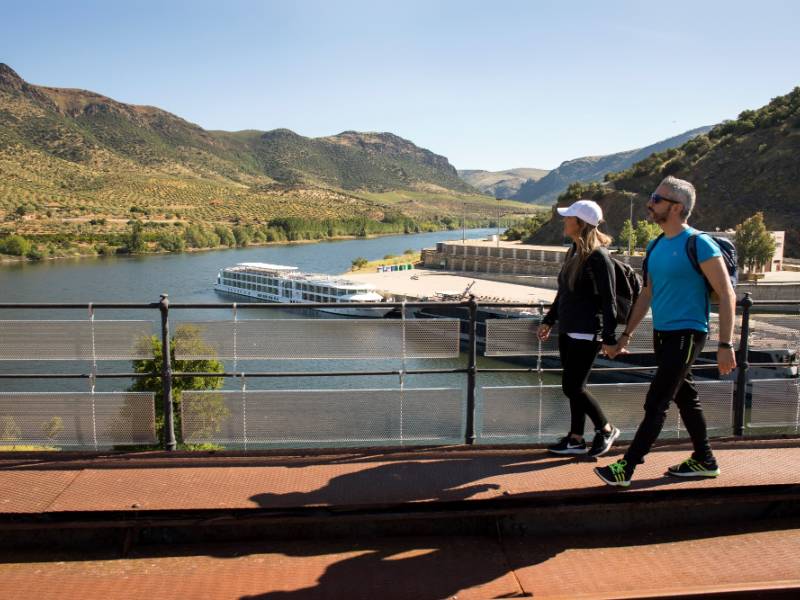Duero Route - Almazán
- Route Data
- Ascent slope
- 950 m.
- Previous
- Following
The course of the river takes visitors to Almazán. This historic border village dates back to the Bronze Age. Evidence of the village's military past can be seen in the surviving Puerta de Berlanga, Puerta de Herreros and Puerta de la Villa. The imposing Medieval bridge that crosses the river Duero, made up of 13 semi-circular pointed arches, runs parallel to a modern hanging footbridge forming S-shapes. Of special interest in the village is the Palacio de los Hurtado de Mendoza, dating from the 15th and 17th century, whose beautiful balcony looks out onto the Duero. Visitors should not leave the village without first visiting the Iglesia de San Miguel, the Iglesia de Nuestra Señora de Campanario, the Iglesia de Santa María de Calatañazor, the Iglesia de San Pedro, the Ermita de Jesús and Convento Nuestra Señora de La Merced.
What to see?
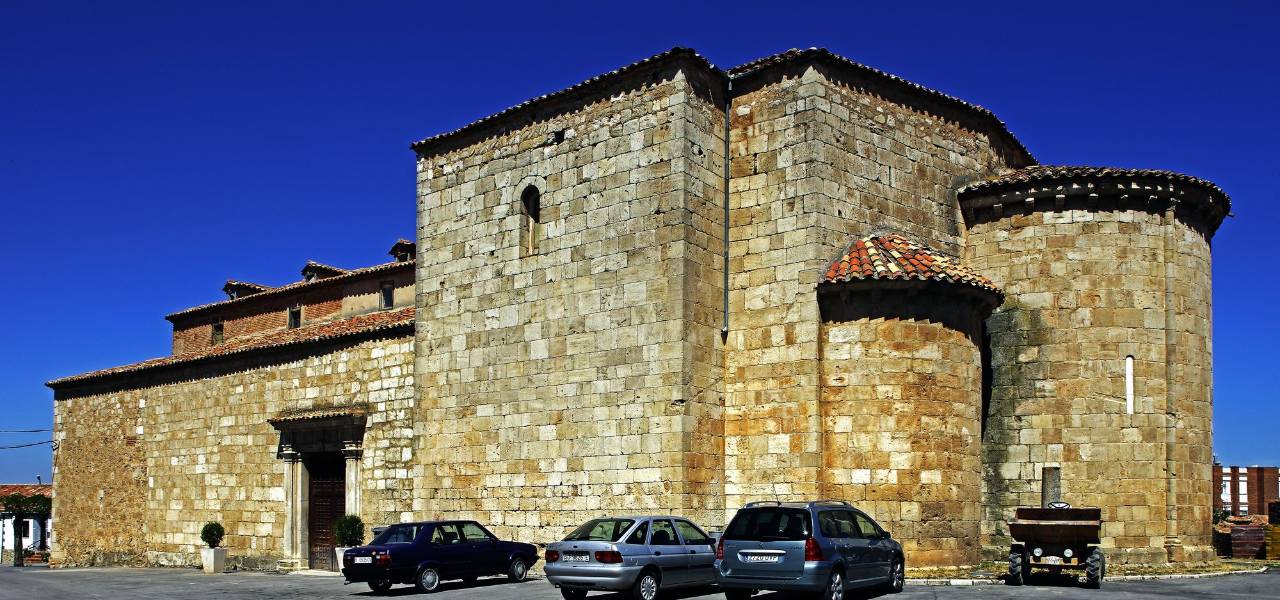 Church of Nuestra Señora de CampanarioMore information
Church of Nuestra Señora de CampanarioMore informationThe original Romanesque structure has been preserved, the three apses and the transept. The rest was replaced in the 17th century without changing the Romanesque distribution of the naves.The three semicircular...
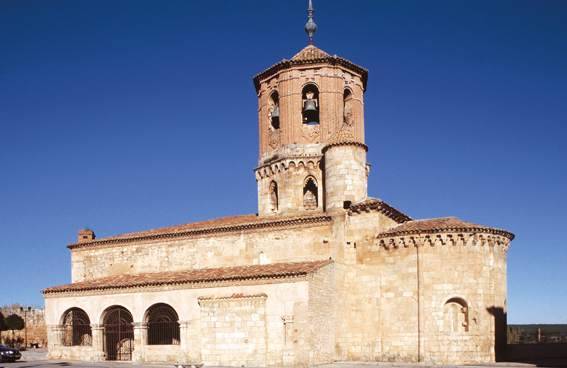 Church of San MiguelMore information
Church of San MiguelMore informationBuilt in the mid 12th century, it combines the following styles: Cistercian (general structure), Catalan Lombard (external decoration of the apse and the dome turret), and Mudejar (the dome and the sculpture...
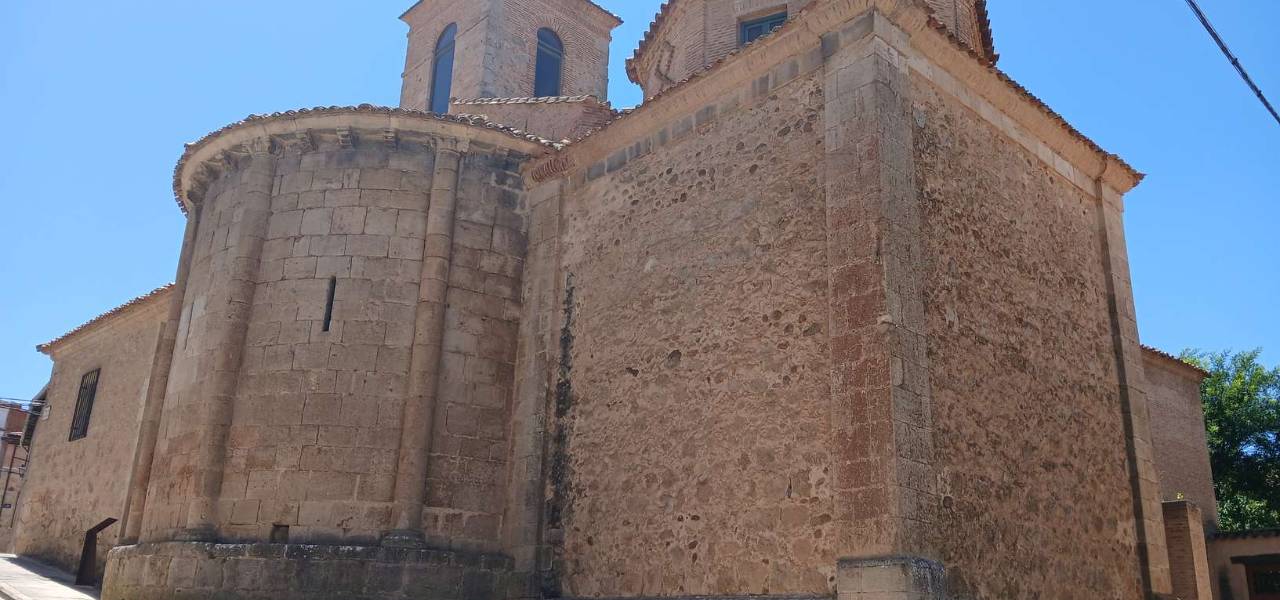 Church of San PedroMore information
Church of San PedroMore informationBuilt by the stonemasons Juan García and Juan Pérez, with three naves of equal height and a large dome resting on scallops in the transept. The scallops show the evangelical attributes in the way of Baroque...
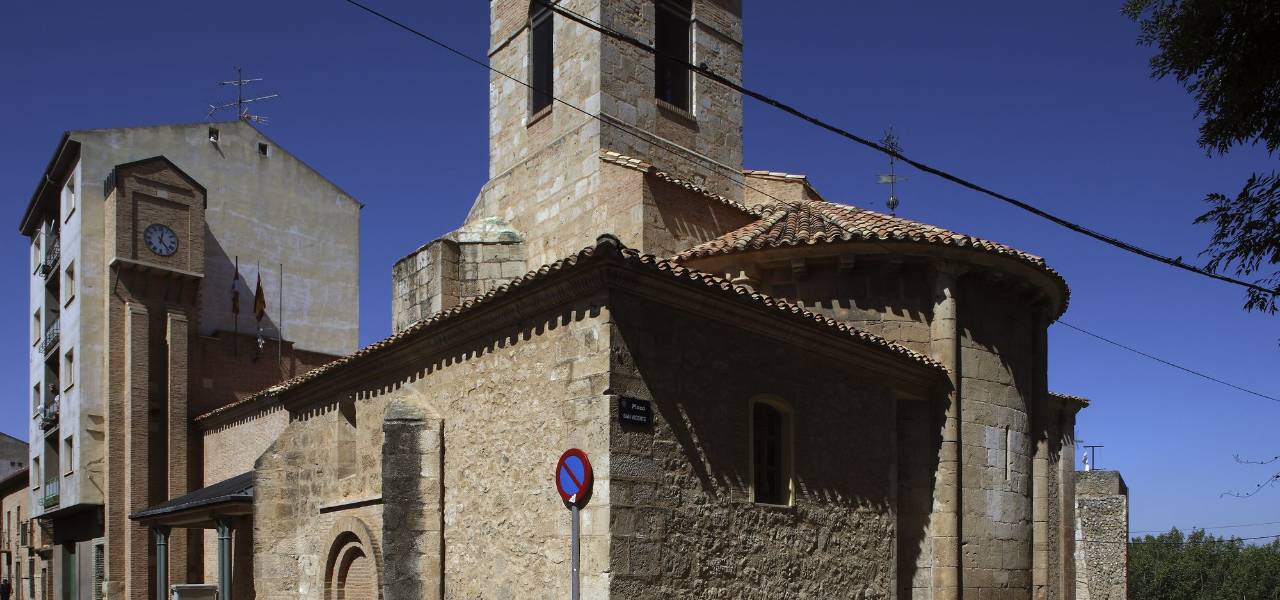 Church of San VicenteMore information
Church of San VicenteMore informationBy studying the succesive restorations, one may trace the architectural evolution of the building. The 12th-century romanesque apse-end and the first section of the naves, also romanesque, have been preserved....
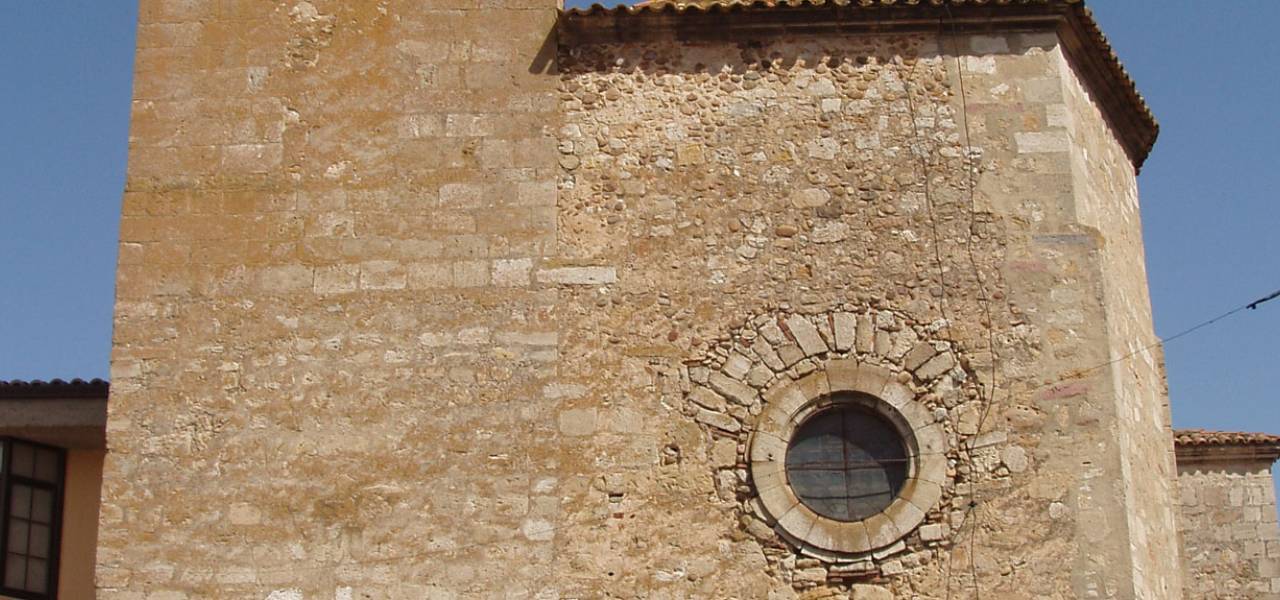 Church of Santa Maria de CalatañazorMore information
Church of Santa Maria de CalatañazorMore informationThe present church was rebuilt in the 16th century, and it underwent reforms in the 17th and 19th centuries. Nothing remains of the original romanesque structure.The transept is reminiscent of the works...
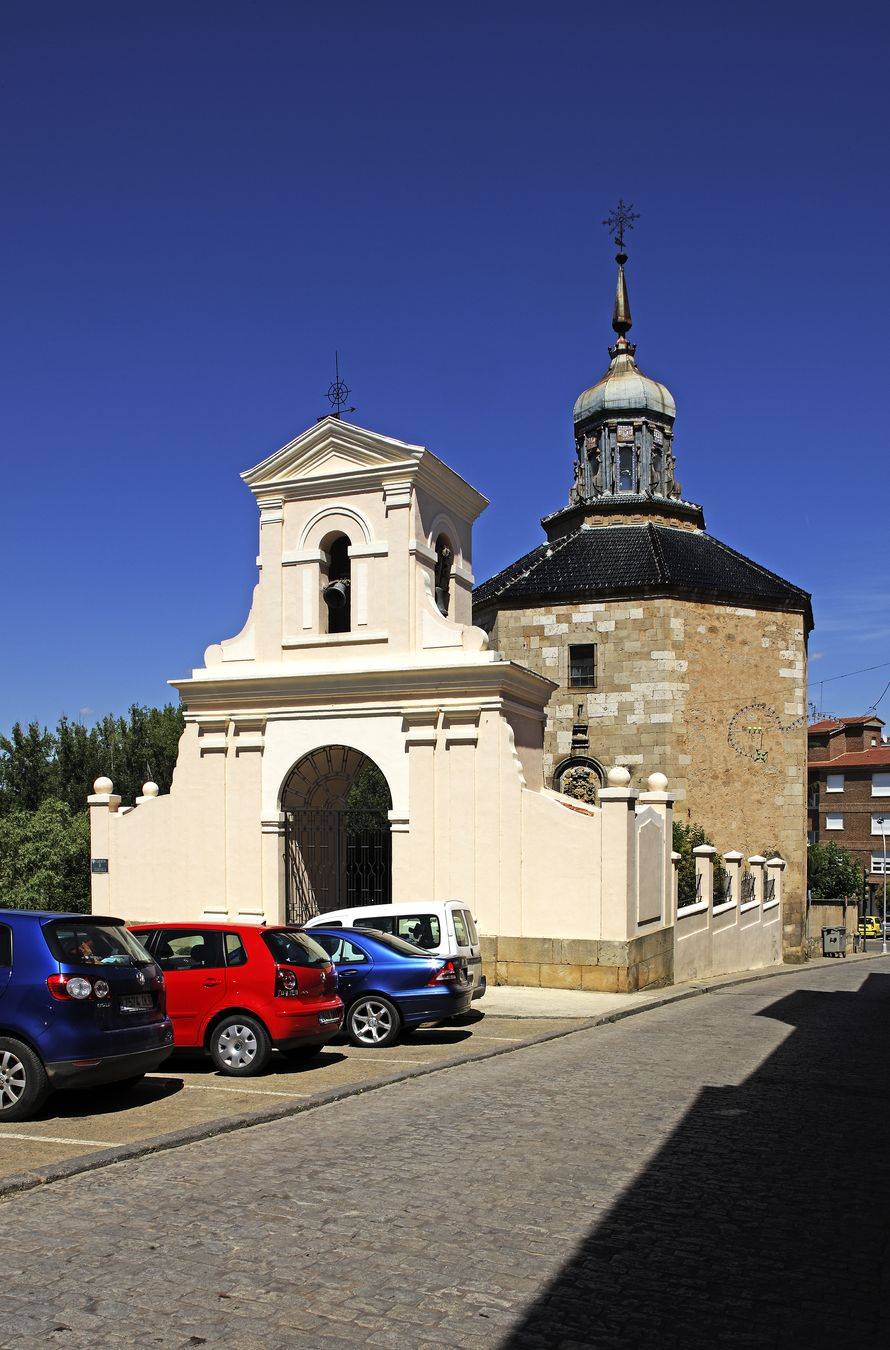 Hermitage of JesusMore information
Hermitage of JesusMore informationExcellent stonework shrine with an octagonal layout similar to other romanesque shrines on the Camino de Santiago. Over the octagon there is a plinth decorated with reliefs as squares, crowned with a lantern...
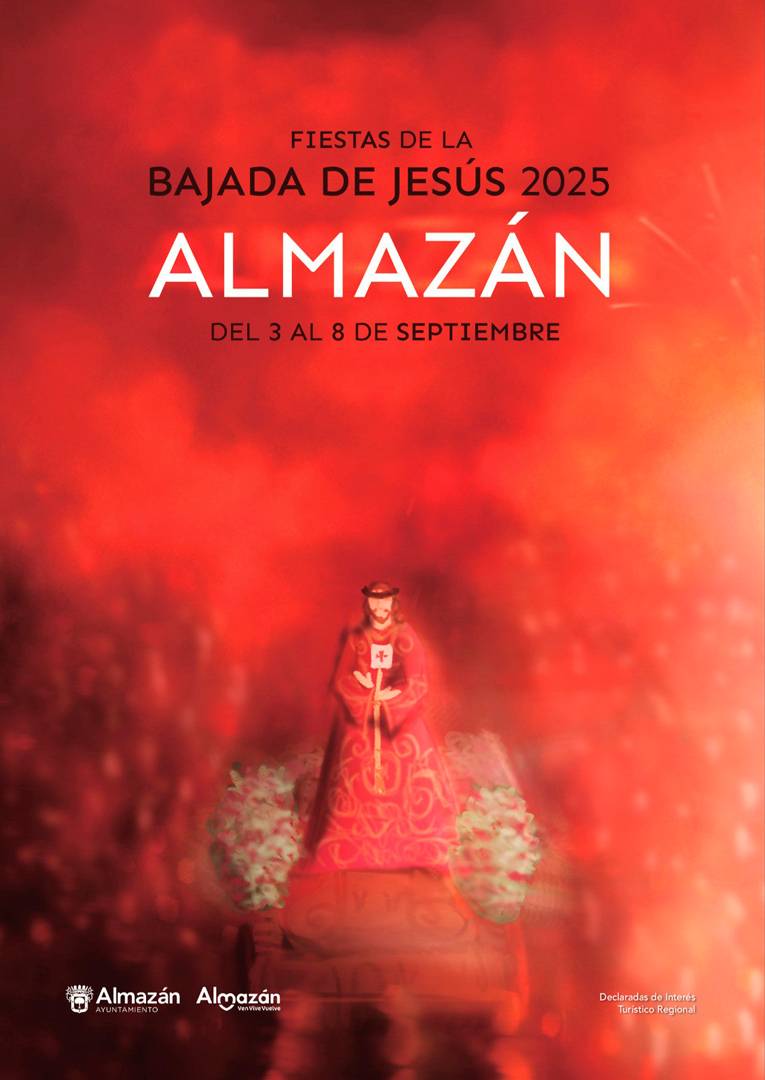 La Bajada de Jesus NazarenoMore information
La Bajada de Jesus NazarenoMore informationThe festival is celebrated by the villagers with a night-time procession which bears the patron saint Jesús Nazareno from the parish church of Nuestra Señora del Campanario, where he has been for nine...
- Classification of Festivities
- Castilla y León Tourist Interest
- Date
- Primer domingo de septiembre
- Town
- Almazán
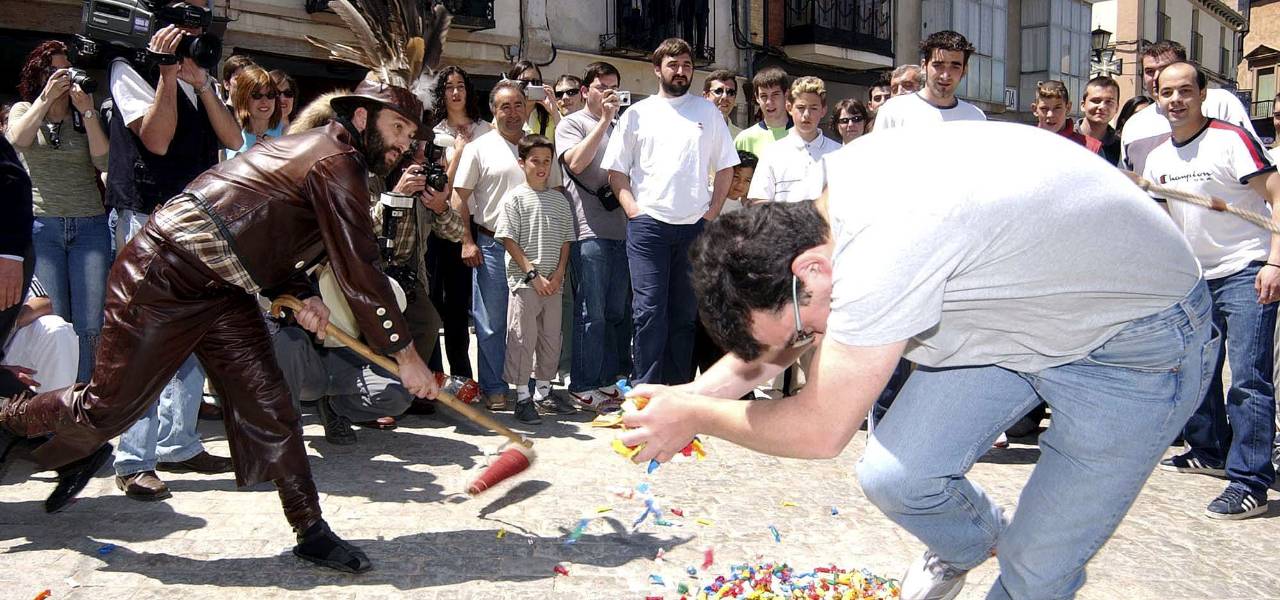 The Festival of San Pascual Bailón and El ZarrónMore information
The Festival of San Pascual Bailón and El ZarrónMore informationThe Festival of Zarrón implies the participation of all the inhabitants of Almazán, a Sorian village. The origins can be traced back to the 19th century when the Cofradía (fraternity) de San Pascual Bailón...
- Classification of Festivities
- Castilla y León Tourist Interest
- Date
- 17 de mayo
- Town
- Almazán
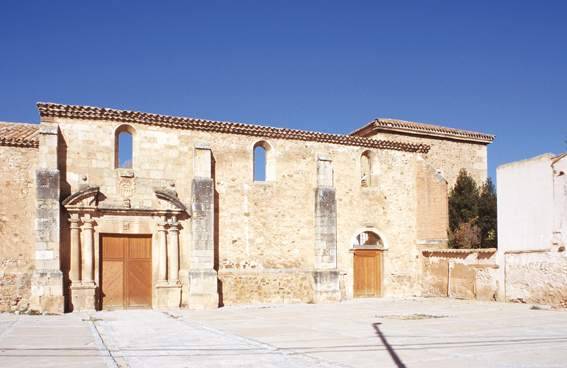 Convent Nuestra Señora de La MercedMore information
Convent Nuestra Señora de La MercedMore informationA big surprise awaits us outside of the town of Almazan. A convent, what remains of it, the place that saw the final moments of the very same Tirso de Molina.Although it has lost much of its original being,...

